Some people have asked me what my daily workflow is, or told me that they find my blog useful so I figured I could do a post or series of posts on the topic, as it varies day by day. When I teach, I normally don’t do anything else other than teach that day.
This semester, I pushed all my teaching to one day (4 hours) so that I could still travel and do fieldwork, and not miss any lectures. While I was ill for 5 of the first 8 weeks of the semester, I think I caught up quite nicely given that I’ve already written 3 conference papers (all in English), one book chapter in English, and one book chapter in Spanish. Despite my late start to the year (you could say I started doing research on February 15th), I’ve caught up. I did this by focusing on ONE task at a time. Here’s what I do when I use this model of thinking.
1. Use conferences as writing deadlines.
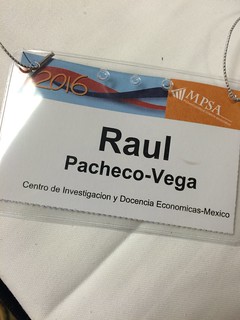 I usually participate in conferences where the requirement is that you provide a full paper. While some academics choose not to upload their papers to the conference website, I do it because I think it’s part of the rules and I’m supposed to follow them. So, this semester, I was scheduled to participate in ISA 2016 (International Studies Association), WPSA (Western Political Science Association 2016), MPSA 2016 (Midwest Political Science Association), and a closed, by-invitation workshop on water as one of the main Mexican problems. All these are conferences that require full papers.
I usually participate in conferences where the requirement is that you provide a full paper. While some academics choose not to upload their papers to the conference website, I do it because I think it’s part of the rules and I’m supposed to follow them. So, this semester, I was scheduled to participate in ISA 2016 (International Studies Association), WPSA (Western Political Science Association 2016), MPSA 2016 (Midwest Political Science Association), and a closed, by-invitation workshop on water as one of the main Mexican problems. All these are conferences that require full papers.
2. Use the first conference to prompt me to write
Given that I had the impending, looming deadline of ISA 2016 hanging over my head, I simply shut down everything else I was working on and focused on that first paper. I started writing the paper about 2 weeks before the conference started, but I was basically doing nothing else (except for some edits to a paper I was coauthoring that is very nearly done). I was able to submit ISA’s paper on time, and that sense of completion helped motivate me to keep writing.
3. Protect my writing time, and use the travel time for conferences as dedicated writing time
As I have always recommended, you need to protect your writing and research time. I’m very adamant about guarding my time, and this year, decided to focus and not allow anybody else to make any use of my time that wasn’t approved. So I scheduled time for my graduate students, my undergraduate students, my coauthorships, and the service I’m supposed to do for CIDE, and didn’t accept anything else, as enticing as it may have sounded. Given that I knew that I had 5 weeks of travel coming up, I also knew that I could use the time at airports, on the plane and just before the conference to write. I wrote my first MPSA paper (a draft of which I presented at WPSA) on the plane to Atlanta where ISA was being held. I wrote a draft of my second MPSA paper on my way to San Diego for WPSA.
4. Present similar (incremental) versions of the same paper
This is another way of focusing on one task at a time. Instead of trying to finish different papers, I chose ONE paper that I would be presenting at two conferences (using the feedback from the first conference to improve it for the second one). That’s what I did with one of my MPSA papers: I presented a draft at WPSA in San Diego, then used the feedback to improve it for the version I submitted for MPSA in Chicago. I am doing something similar for LASA 2016 where I’ll present a derivative paper version in English of my 2014 book chapter on remunicipalization in Latin America (in Spanish).
5. Leave every single distraction off my desk
This is something I always do that seems to surprise many people. I can’t have a messy desk. It drives me bonkers. So I always clean it up every evening with a full rehaul every weekend, have my office systematically organized (because let’s face it, I’m too lazy to find things), and only leave on my desk whatever stuff is related to the project I’m finishing at the time. For example, this week I was finishing a book chapter on international relations and the environment. I had ONLY the printout I was editing (by hand) on my desk. For the grant proposal I was finishing, all I had on my desk was the budget, the printout where I did manual edits, and the terms of reference for the proposal. If I let my desk get messy, I stop focusing and then my brain drifts away from the task at hand.
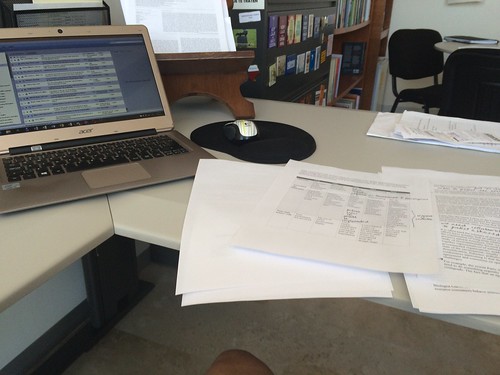
6. Write (and work) only for as long as I actually physically can, not when exhausted
As I’ve written before, I’m someone with very specific physical vulnerabilities. I’ve shown symptoms of chronic fatigue, I’ve been chronically sleep-deprived (graduate school was VERY rough), and I can’t survive long work days without taking at least a 90 minute nap. So I am very adamant about knowing when to stop. When I feel that I can’t focus anymore, I simply stop and switch tasks. I leave a very detailed list of what I have to do to finish a paper on my desk, and I come back to it the next morning.
7. Leave the mindless tasks for the down times
When I can no longer focus on my writing, I usually answer emails, or schedule meetings with my colleagues, students, etc. I organize my desk and office when I’m tired from doing any thinking. I go for walks. I visit my colleagues at their offices.
8. Schedule specific times for specific writing and research projects
I know I’ve written before about how it is important to keep several projects on the go, and how you need to move every project forward. But when the going gets tough, I adapt my own strategies, and one of those is that I focus on one task at a time. Something I have done when I have several deadlines at the same time, is that I schedule ONE day for each ONE project. Since I am already used to scheduling my life to the every minute, this is relatively easy to do. So for example, I am editing a volume on water governance in Mexico. Fridays are my “water governance in Mexico” days. Tuesdays are usually my “politics of bottled water” days. Wednesdays are usually my “waste pickers” days. Mondays are my teaching days.
9. Compartmentalize tasks
Because I know that not all my computers have the same capabilities, I draw figures, run STATA or Atlas.ti on my desktop computer (which is faster). Also, since I write in two languages (Spanish and English) and my desktop computer is in Spanish, I usually write my papers in that language on the desktop. I also upload all my Mendeley PDFs on the desktop as it’s connected to the CIDE network and thus is much faster (and has IP access to download the articles). I do the same when I split my time between my home office and my campus office: I usually write in the morning at home until I finish a specific section, and then move on to the office.
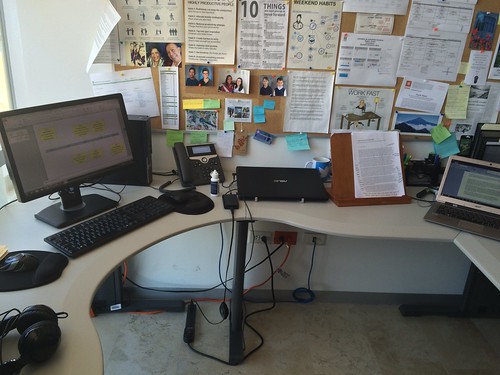
This is an example of “how the sausage is made” (or as Eva Lantsoght would say, “I’m Raul Pacheco-Vega and this is how I work”, which I hope will be useful to other people. And like with any piece of advice, adapt what works best for you.
 When people ask me about my research on the politics of bottled water, often times they will ask about ways in which they can change their individual behavior in order to reduce packaged water consumption. As I travel quite often for research and conferences, I have been realizing that there are several structural barriers to reducing bottled water consumption. That is, no matter how much we “activate” social norms and encourage individuals to shift consumption from water in a bottle to water from the tap, there are structural barriers that posit a challenge for anyone to change their own behavior. I will note two barriers in this post, specifically.
When people ask me about my research on the politics of bottled water, often times they will ask about ways in which they can change their individual behavior in order to reduce packaged water consumption. As I travel quite often for research and conferences, I have been realizing that there are several structural barriers to reducing bottled water consumption. That is, no matter how much we “activate” social norms and encourage individuals to shift consumption from water in a bottle to water from the tap, there are structural barriers that posit a challenge for anyone to change their own behavior. I will note two barriers in this post, specifically.  The first one I noticed is the lack of infrastructure for refillable water bottles. This absence of refilling stations is also often coupled with a total failure in providing water fountains. I have noticed this at airports everywhere, but Mexico specifically. This is quite problematic given that Mexico is the top-ranked country in the world for per-capita consumption of bottled water. It is also one of the countries where bottled water companies are raking huge profits. Ironically, this problem (lacking water fountains and refilling stations) is not only present in airports, but also at schools (where we can often see young kids rush to purchase soft drinks) and local parks. My own research has confirmed what other authors have said: much of the rise in bottled water consumption can be traced to a lack of trust in tap water. This problem is also compounded by recent municipal water utility breakdowns, like the case of Flint, in Michigan. My good friend, coauthor and water governance specialist Oriol Mirosa (University of Wisconsin, Milwaukee) makes an excellent case for why this is happening.
The first one I noticed is the lack of infrastructure for refillable water bottles. This absence of refilling stations is also often coupled with a total failure in providing water fountains. I have noticed this at airports everywhere, but Mexico specifically. This is quite problematic given that Mexico is the top-ranked country in the world for per-capita consumption of bottled water. It is also one of the countries where bottled water companies are raking huge profits. Ironically, this problem (lacking water fountains and refilling stations) is not only present in airports, but also at schools (where we can often see young kids rush to purchase soft drinks) and local parks. My own research has confirmed what other authors have said: much of the rise in bottled water consumption can be traced to a lack of trust in tap water. This problem is also compounded by recent municipal water utility breakdowns, like the case of Flint, in Michigan. My good friend, coauthor and water governance specialist Oriol Mirosa (University of Wisconsin, Milwaukee) makes an excellent case for why this is happening. 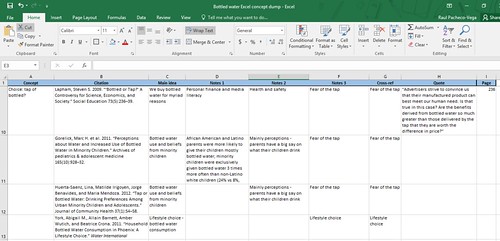
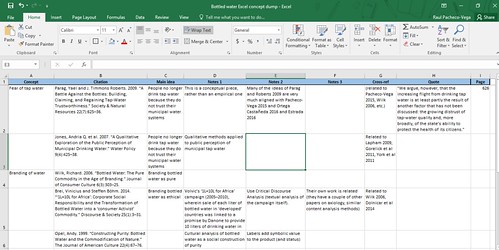

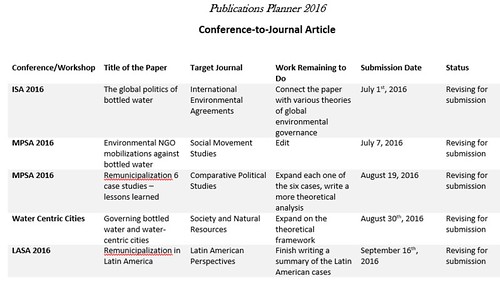
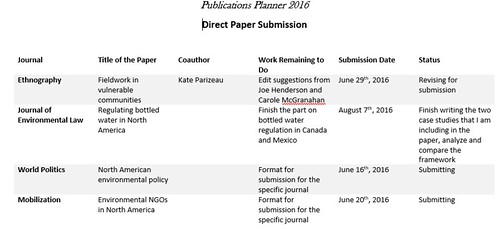
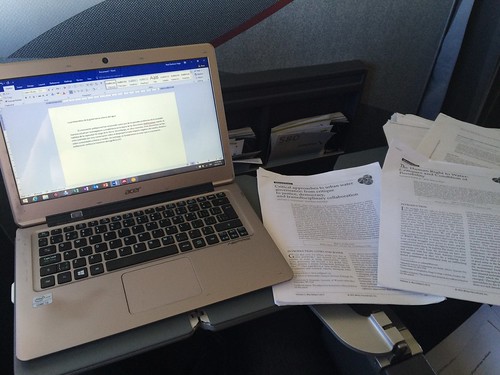
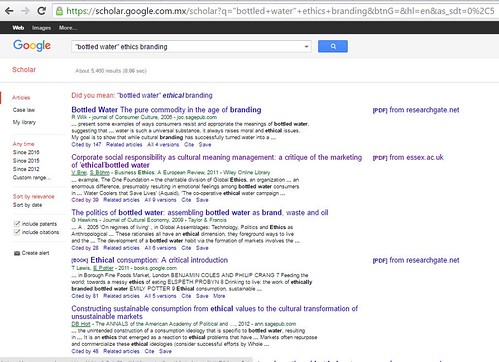

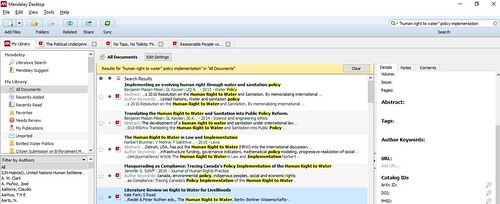
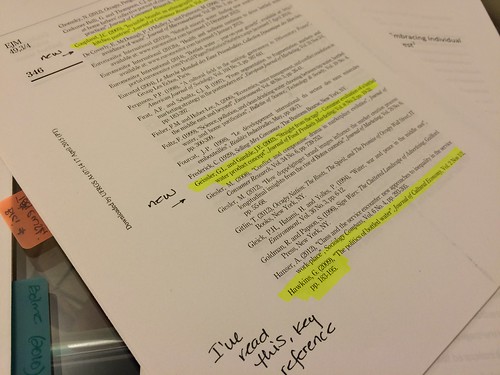
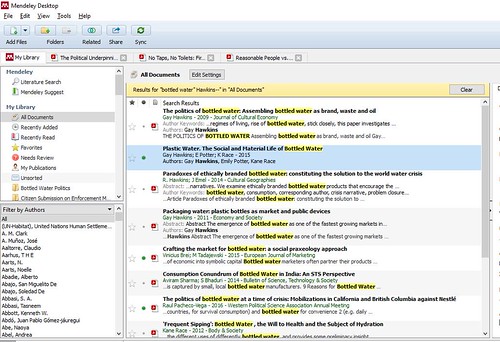
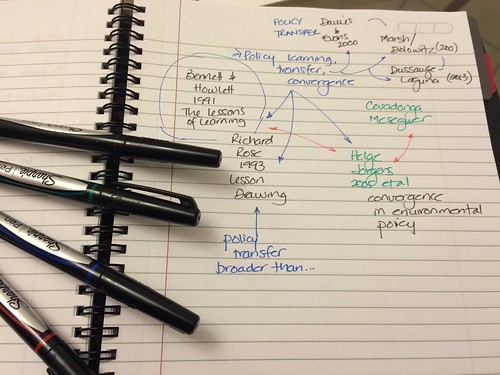
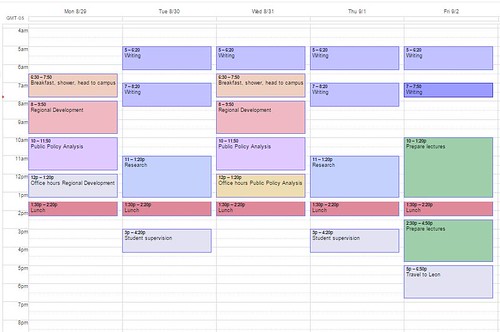
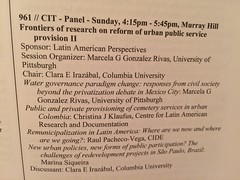
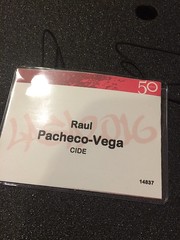


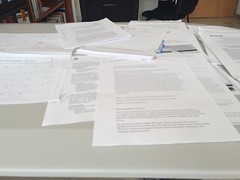
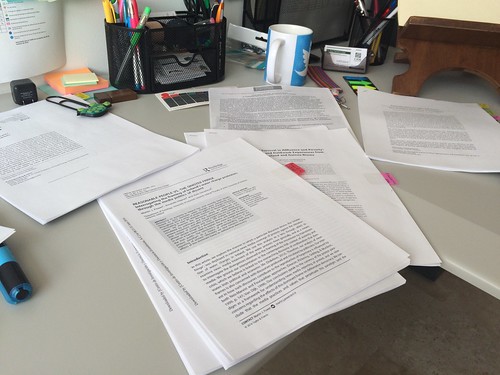
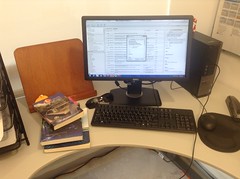
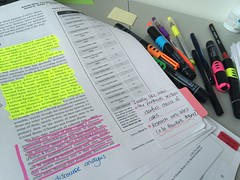
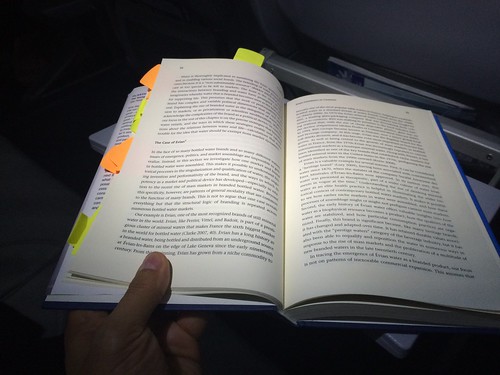
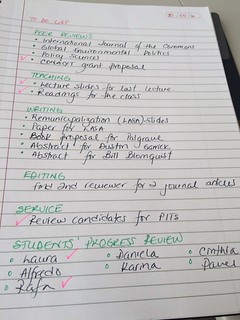
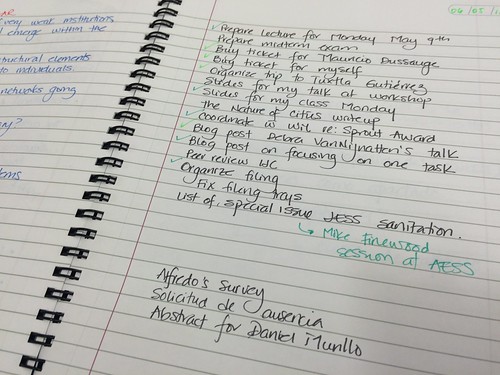
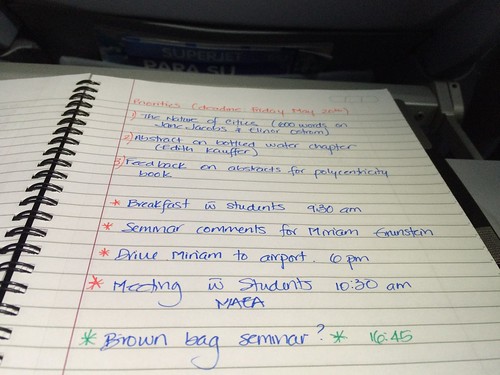
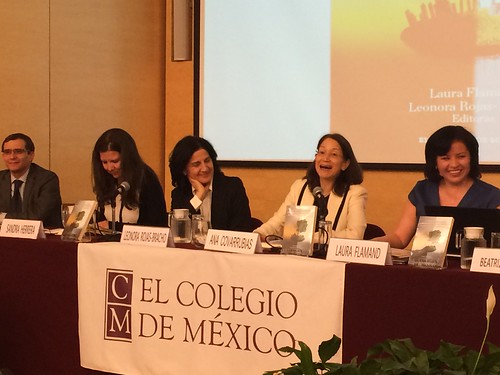
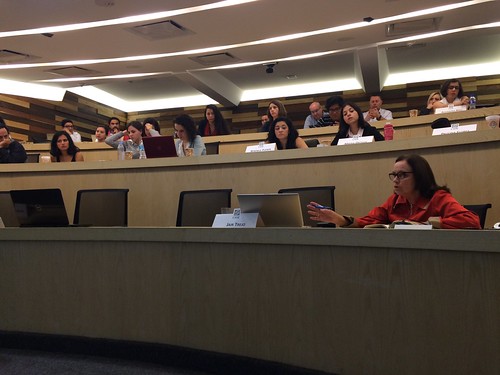
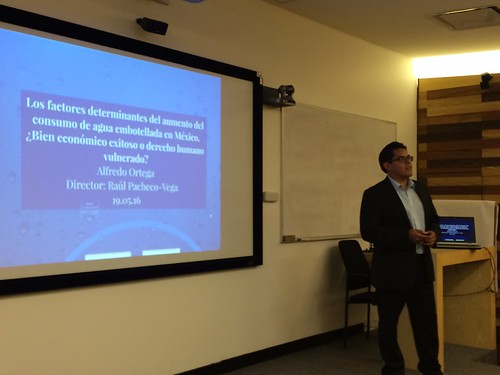
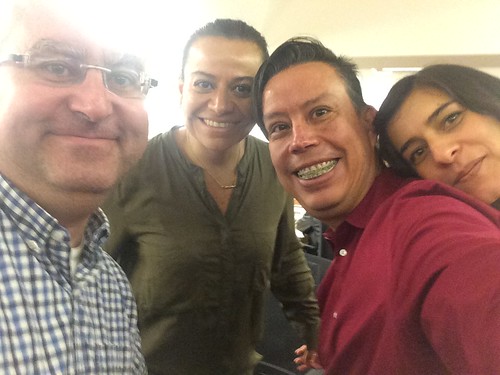
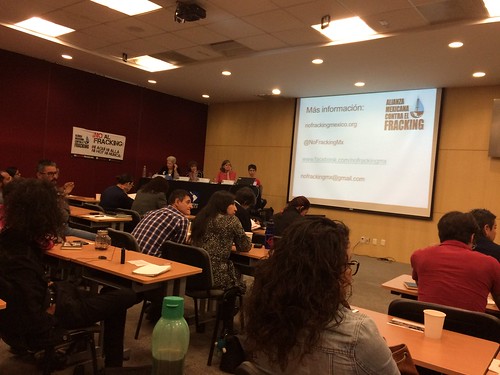
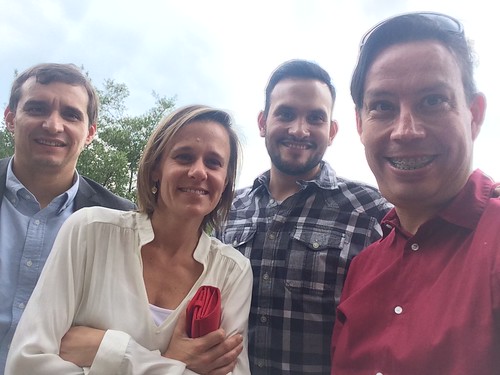
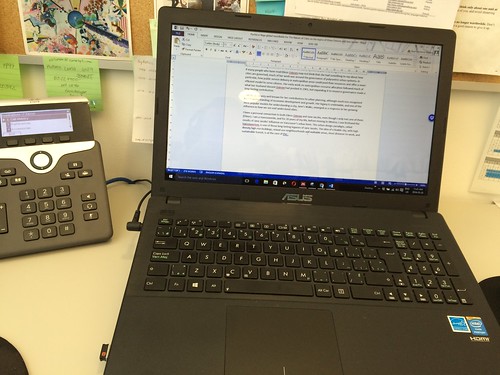
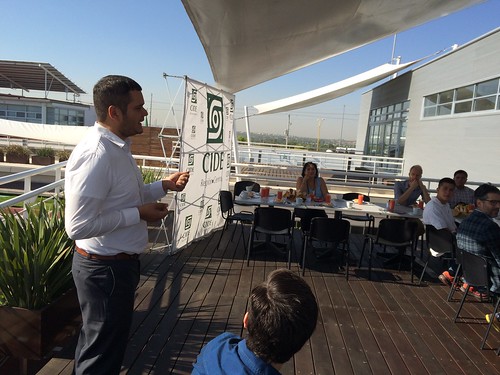
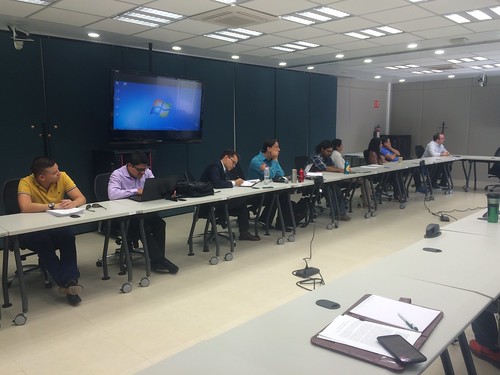





Recent Comments